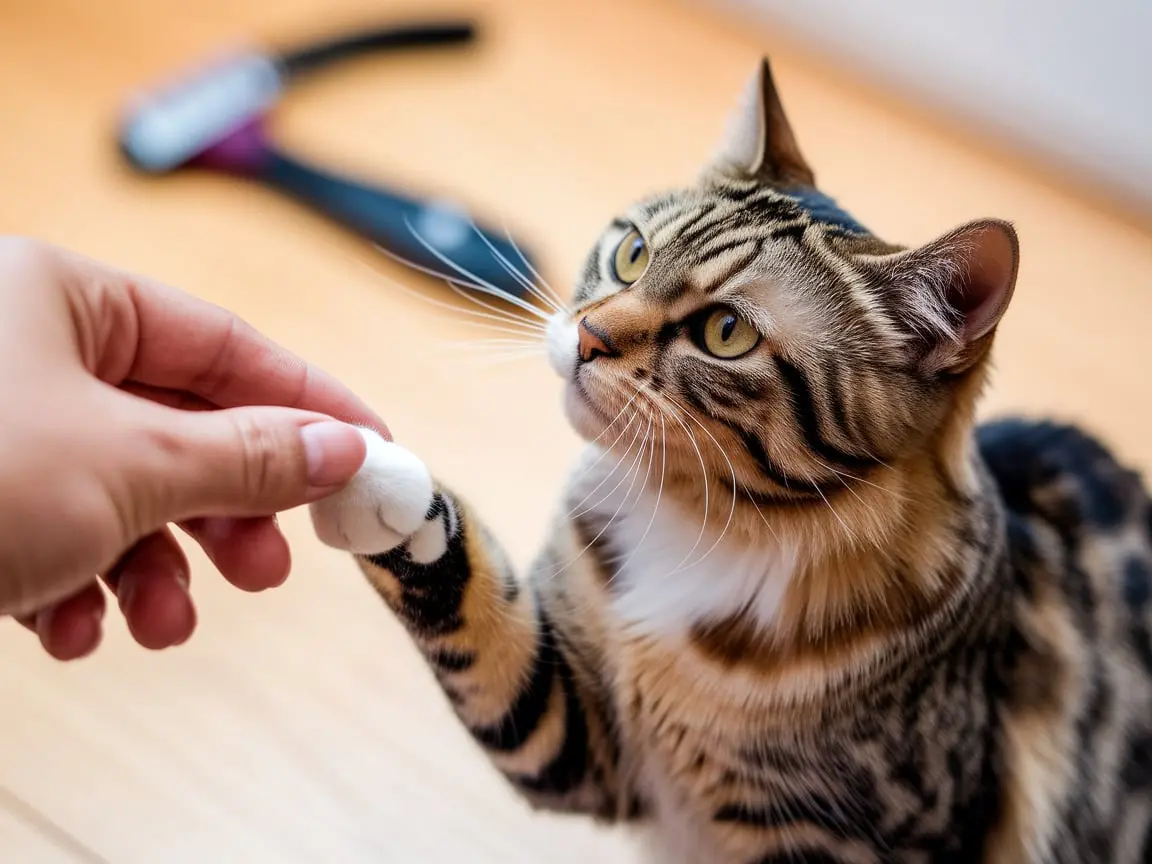Does your dog keep scratching, licking, or sneezing? Is your cat rubbing its face more than normal or coughing a lot? These might point to allergies in pets, a common problem that people often don’t understand well. So how long do pet allergy symptoms last? It depends on what’s causing the allergy and how fast you treat it. Regular visits to a professional pet grooming service can help manage and reduce allergy symptoms by keeping your pet’s coat clean and free of allergens like dust, pollen, and fleas.
In this blog, we’ll break down what pet allergies are, how long symptoms usually hang around, and what you can do to help your furry buddy feel better.
What Are Pet Allergies?
Pets, like humans, can react to things around them, their food, or even fleas. An allergy happens when a pet’s body fights too hard against something it thinks is bad, even when it’s not.
Common Allergy Triggers In Pets
- Pollen
- Dust mites
- Fleas or flea spit
- Some foods (like chicken, beef, or grains)
- Mold
- Household cleaner products
- Scented pet shampoos
How to Spot Pet Allergies
Pet allergies look different from human allergies. Pets often have skin or tummy troubles, not runny noses or teary eyes.
Common Signs of Allergies In Pets
- Endless scratching, licking, or biting their skin
- Red or swollen skin on their belly or paws
- Fur falling out or bare spots
- Ear problems or head shaking
- Drippy eyes or sneezing
- Vomiting or Diarrhea (often with food allergies)
When your pet shows these signs for longer than a couple of days, you need to figure out quickly which leads us to the next key issue.
How Long Do Pet Allergy Symptoms Last?
Short answer: Pet allergy symptoms can stick around for a few hours to several months. The duration depends on the allergy type and cause. Let’s break it down:
1. Environmental Allergies (Pollen, Dust, Mold)
These allergies pop up year-round based on the climate. They tend to act up in spring and summer. Symptoms might hang around for weeks to months Without treatment, they can become long-term issues
2. Flea Allergies
These happen when pets react to flea bites the saliva Even one bite can lead to weeks of discomfort Symptoms hang on until fleas are gone and skin heals (this can take 2–4 weeks)
3. Food Allergies
Specific ingredients like beef, dairy, or grains set these off. Symptoms can show up within hours or days after eating. They might last until the food is out of the diet (full improvement can take 6–8 weeks)
4. Contact Allergies
Shampoos cleaning sprays, or surfaces cause these. They clear up within a few days of getting rid of the irritant. Skin might need 1–2 weeks to heal. Choosing gentle products during dog grooming or cat grooming can help prevent contact allergies.
Managing Your Pet’s Allergies: A Step-by-Step Guide
The good news? Many pet allergies are manageable or even treatable once you’ve figured out what’s triggering them.
1. Consult with a Vet
A veterinarian can perform skin or blood tests to determine what your furry friend is reacting to. This is truly the best starting point.
2. Try Hypoallergenic Food Options
If your pet has food allergies, your vet might recommend an elimination diet. This involves feeding them a diet with limited ingredients or a special prescription diet to isolate the problem substance.
3. Keep Fleas in Check
Use flea preventative treatments every month. This is crucial even for pets that stay indoors, particularly in warmer regions like the UAE.
4. Groom Frequently Using Appropriate Supplies
Regular grooming helps remove allergens such as pollen, dust, and flea droppings. Opt for unscented, medicated shampoos that are gentle on their skin.
5. Maintain Air Quality and Cleanliness
Utilize air purifiers and clean their bedding frequently. Vacuum carpets and furniture to get rid of dander and dust mites.
6. Medications
Sometimes, your vet may give your pet certain medications, such as:
- Antihistamines
- Steroids
- Allergy shots (also known as immunotherapy)
These medications can lessen your pet’s reaction to allergens and make them more comfortable overall.
How Long Until My Pet Feels Better?

With the right care, most pets show improvement within 2 to 6 weeks. However, every pet is different.
Here’s a quick reference:
| Allergy Type | Time for Symptoms to Improve |
| Flea Allergy | 2–4 weeks after flea control |
| Food Allergy | 6–8 weeks on new diet |
| Environmental | Ongoing, managed seasonally |
| Contact Allergy | 3–7 days after removal |
If symptoms last longer than 8 weeks even after treatment, your pet may have multiple allergies, and you should revisit the vet.
Tips for Keeping Your Furry Friend Healthy and Happy
- Give your pet a bath every couple of weeks (2-4) using a mild, pet-friendly shampoo.
- Regularly clean their ears and keep nails trimmed to steer clear of infections.
- Maintain a tidy living space for your pet and launder their bedding once a week.
- Use flea treatments recommended by your vet all year long.
- Opt for mobile grooming services that use hypoallergenic products.
Final Thoughts
So, how long do pet allergy symptoms last? It truly varies depending on the source. Some might only last a few days, while others can persist for weeks or even months. However, the most crucial point is this: you can help your pet feel their best with proper care, diet, and grooming.
Don’t let the scratching, licking, or sneezing escalate. If your furry companion is uncomfortable, take steps to help them now.




